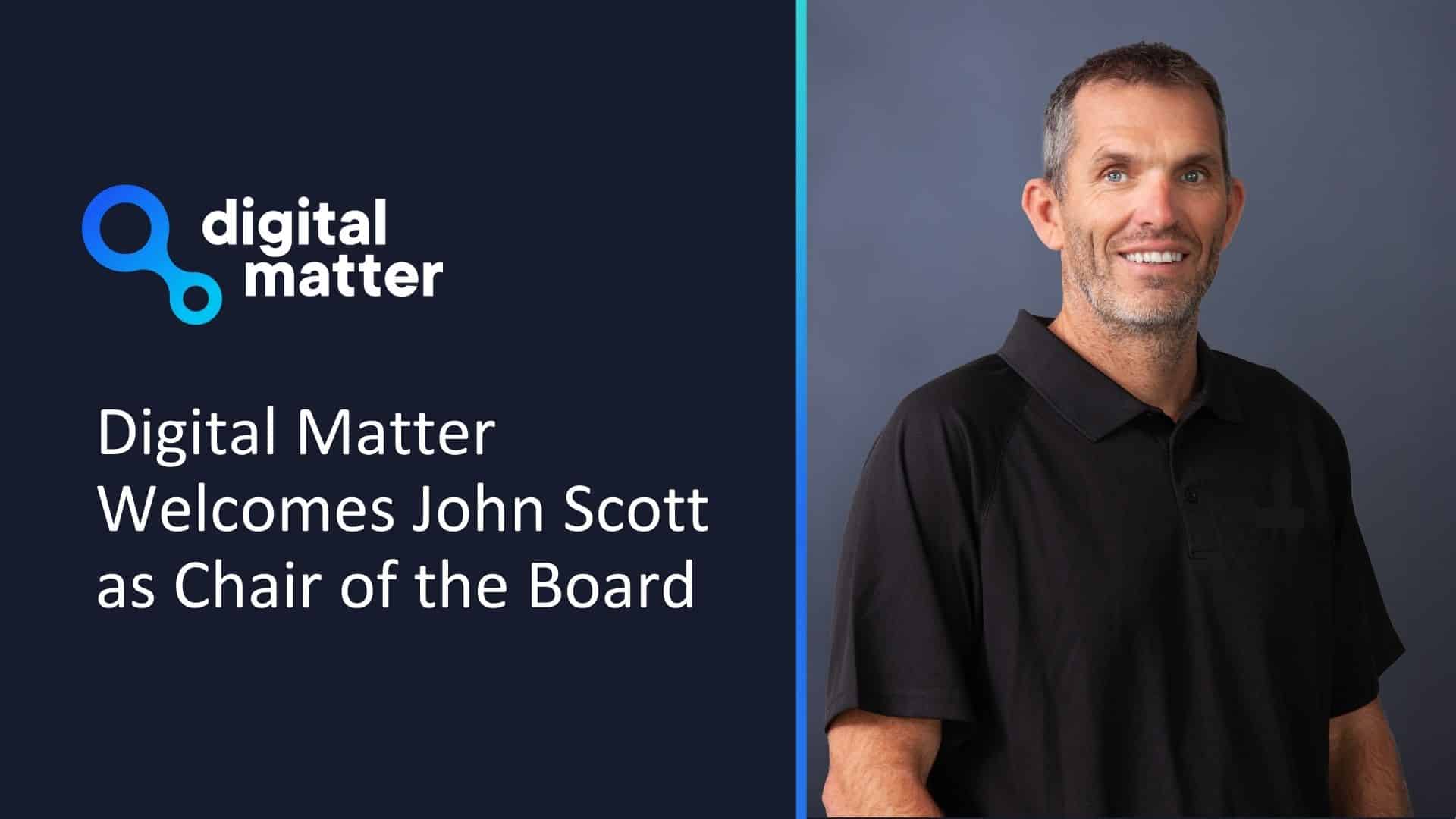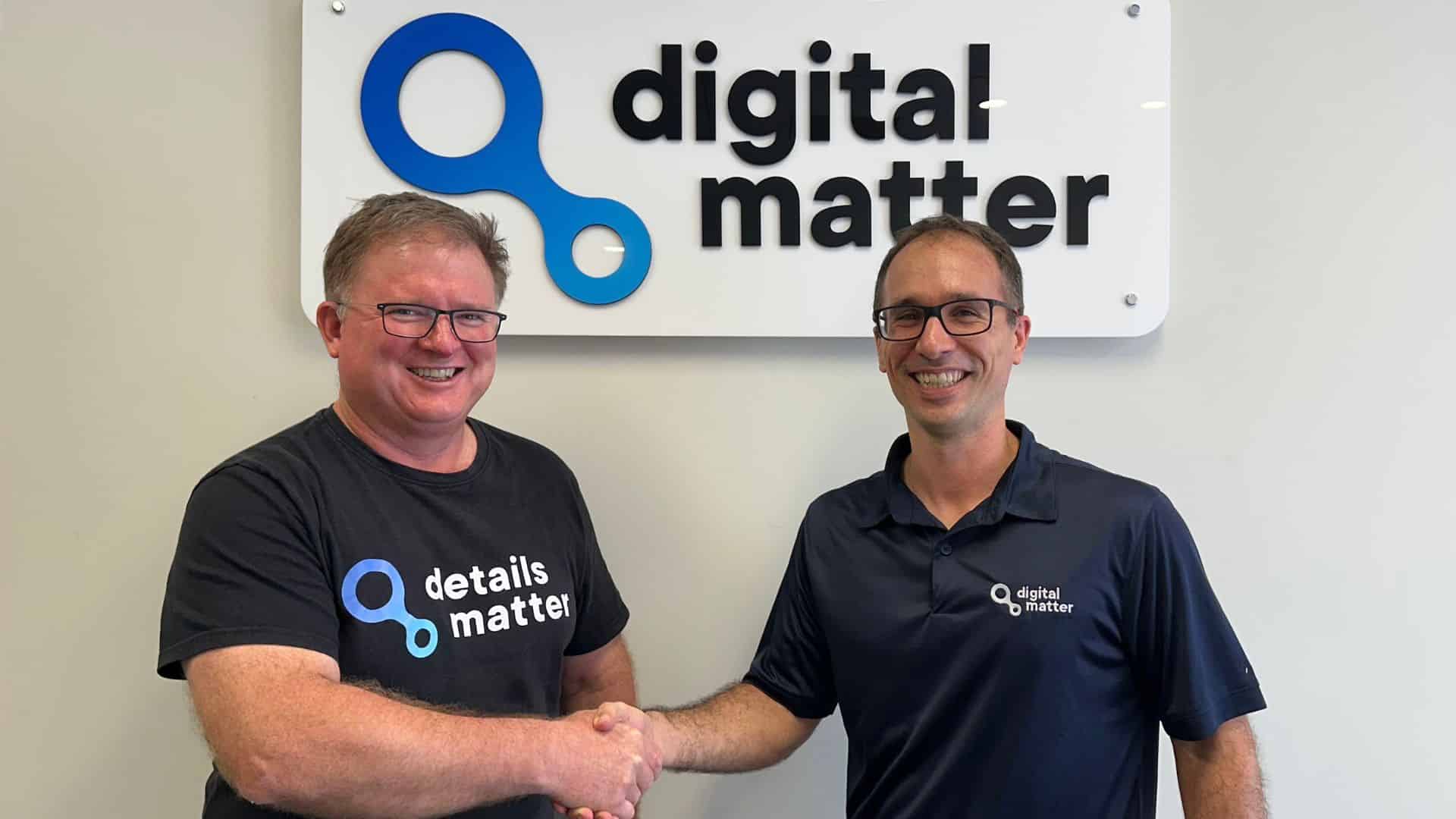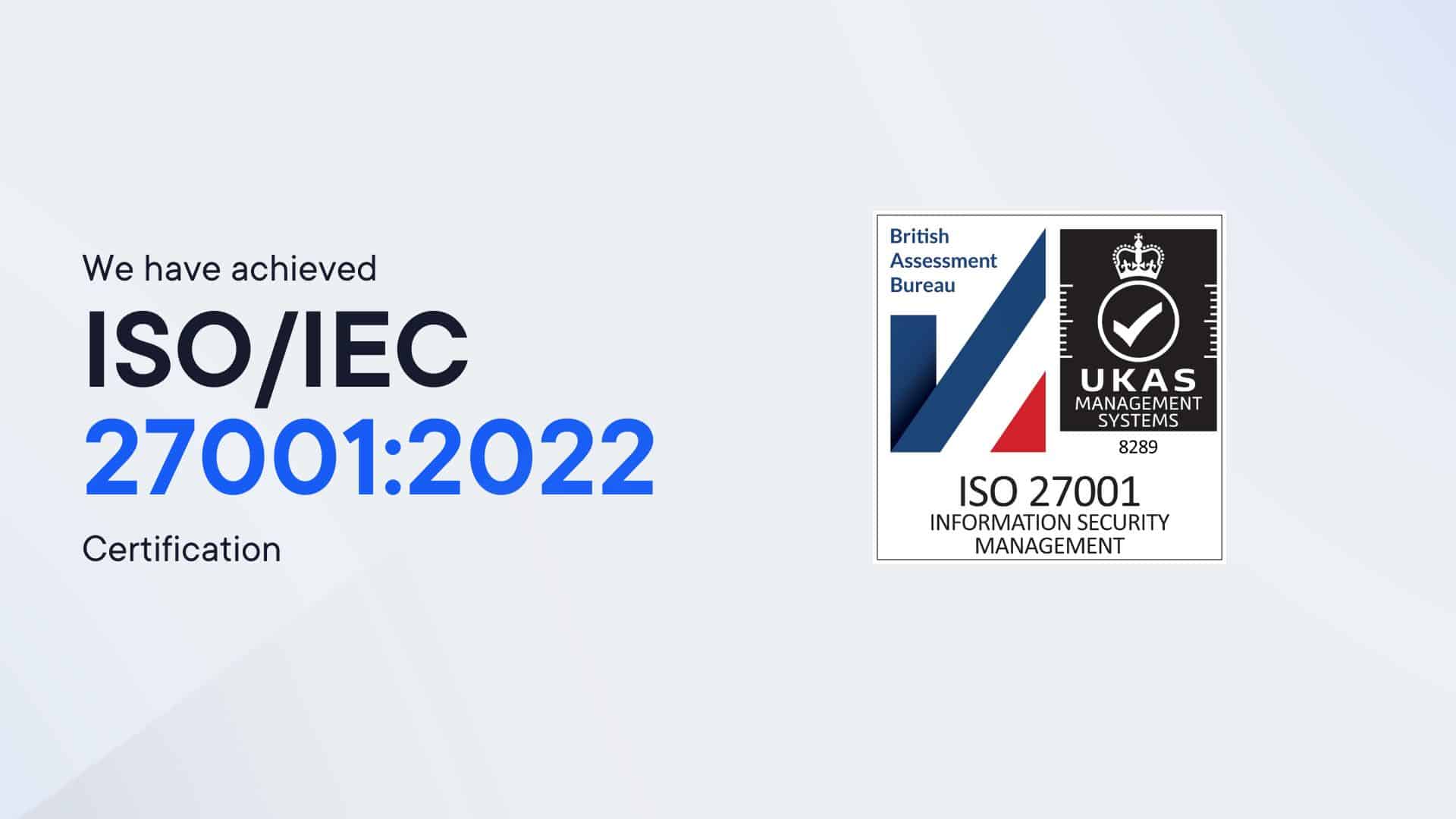What is GNSS Aiding Data?

Our mission is to help businesses connect, protect, and derive more value from their assets. As a leading global innovator, developer, and supplier of IoT solutions, we drive continuous innovation to enable our partners to deploy confidently at scale worldwide.
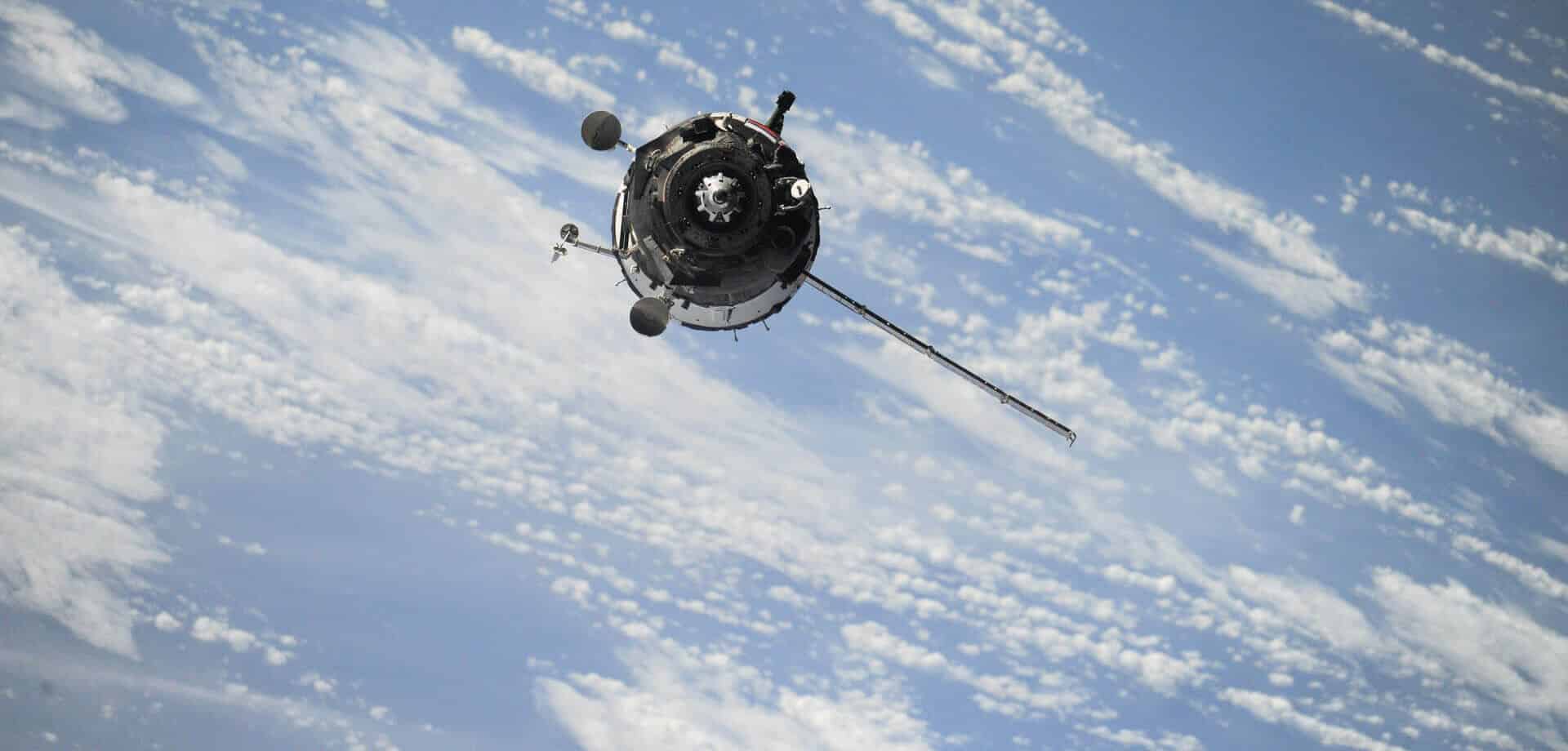
When we’re tracking valuable or critical assets, users have come to expect instant and precise position information. Depending on the location and orientation of the device and the surrounding terrain, buildings, foliage, and weather conditions, however, getting a quick and precise location can be very challenging, and can require time and energy.
Digital Matter tracking devices use GNSS Aiding Data to substantially accelerate Time to First Fix (TTFF), improve accuracy, and in our battery-powered GPS range, conserve battery life!
Determining Location (aka “Getting a Fix”)
In order to explain the advantage of GNSS Aiding Data, we must first understand how GNSS devices work without it!
In GNSS systems, constellations of satellites are constantly orbiting the Earth and transmitting information about their location (current and predicted), status, and timing via what is known as almanac and ephemeris data.
This data, when received by the GNSS receivers in our tracking devices, is used to calculate location relative to the satellites using a mathematical process called three-dimensional trilateration.
In practice, we require information from at least 4 satellites to determine a 3D position (latitude, longitude, and altitude) on the earth’s surface. We refer to this process as “getting a fix.”
When starting up from ‘cold’ the GNSS receiver must first go through an acquisition phase, where it attempts to scan for satellites and receive almanac and ephemeris data. The signal strength required at the receiver to do this is a lot stronger than the level required once the receiver has this data and enters tracking mode.
The time required to provide this initial location data is called Time to First Fix (TTFF) and one of several important things we as device manufacturers look to optimize to save power!
It can take up to 60 seconds for a GNSS receiver to determine how far away each satellite is, download almanac and ephemeris data, and finally provide location. Under adverse signal conditions (think urban canyons, skyscrapers, dense tree cover, concealed device installs) data downloads from the satellites can take minutes, hours, or even fail completely. On top of that, the ephemeris data received only remains accurate for approximately four hours, at which time updated data needs to be received and re-downloaded.
In our battery-powered range, downloading this data can be a big drain on battery life, especially if the device cannot get a fix immediately. Consider a device reporting its location every 4 hours – 6 times a day: the device is spending approximately 30 seconds trying to get a fix. That’s 21 minutes every week just running the GPS!
GNSS Aiding Data
For the most part, satellites travel in very predictable orbits, so we can accurately determine ephemeris before the GNSS receiver actually receives a signal from the satellite.
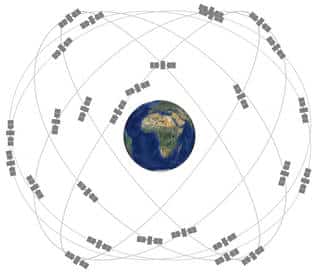
GPS Constellation – NASA
Because we know where the satellites should be in the sky, many GNSS receiver manufacturers are able to provide “aiding data” to accelerate the calculation of position.
Instead of our receivers downloading ephemeris, time, and other data directly from the satellite every 4 hours, this data is sent directly to the GNSS receiver via cellular networks every 5 days. With Aiding data already downloaded, the GNSS receiver can get a fix within seconds, even under poor signal conditions.
We do this for multiple constellations within the GNSS system (currently both GPS and GLONASS), and our GNSS receivers have the ability to use multiple concurrent GNSS systems for tracking, resulting in faster fixes and more accurate locations as we are using more satellites.
Benefits
- GNSS fix times are significantly reduced. Generally, in good conditions with a strong signal, our devices get a fix in around 10 seconds with Aiding Data, 30 seconds without.
- GNSS performs much better on hardwired devices with Aiding Data.
- For our battery-powered devices, the impact on battery life is significant. Running the GNSS takes energy, the less time we can run it for, the less power it will use – increasing battery life.
- Fixes can be acquired in poor signal conditions – thanks to the Low Noise Amplifiers also fitted to our devices, they will get fixes where other devices will simply give up.
Drawbacks
The one drawback of Aiding Data is it requires about 50kB of data use each time the data is refreshed. By default, the aiding data is refreshed every 5 days.
This is generally not a problem in most applications. However, when trying to keep data usage to the absolute minimum – i.e., for NB-IoT – this can eat up the tiny data allowances (100kB for the whole month isn’t uncommon). See – NB-IoT data usage on Yabby GPS and Wi-Fi.
However, we feel the trade-off is well worth it for the improvements in performance and battery life, and we are constantly exploring ways to minimize this data usage.
Conclusion
Aiding data is one of many things we use to improve GNSS performance, accuracy, and position availability on our tracking hardware! For more information on our tracking device features please get in touch with us today.
Related News

Let’s Get Started
Submit the form to get in touch with a Digital Matter representative from your region.
Contact UsSubscribe
Get helpful content delivered straight to your inbox.
Let’s Get Started
Submit the form below to get in touch with a Digital Matter representative from your region.

Looking for support? Check out our knowledge base.

Information on becoming a Digital Matter Partner.

Information on pricing, availability, and proof of concept.

Guidance on selecting the right products for your application.


